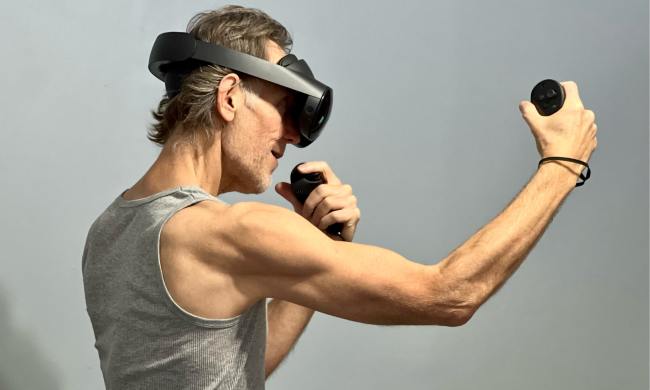Chinese company Dexta Robotics is working on an exoskeleton glove that lets you feel the shape and substance of virtual objects. The result lets you tell the difference between, say, a stone and a rubber duck by squeezing the virtual object that you are virtually holding.
One of the main things that stops modern virtual reality setups from being the holodeck is the lack of tactile response. Sure, you can see that there’s a sword in your hand, and you can swing it, but if you throw the sword in-game there’s no real way to tell that it’s gone. And if you pick up a table leg, or a flower, there’s no real way to feel the difference between them.
Dexmo, in principle, could change that. It’s not a controller, but rather a full exoskeleton glove that provides various degrees of force-feedback to help simulate the shape and firmness of virtual objects. The glove itself is lightweight, and runs wirelessly.
But don’t expect to see a Dexmo on the market anytime soon.
“Selling Dexmo is different than selling consumer electronics because you can’t use Dexmo right out of the box,” Gu told Engadget. “It will take some really amazing content for people to realize how gaming-changing this innovation actually is.”
So Dexmo doesn’t want to ship the glove until there’s software that takes advantage of its powers, which makes sense. There’s not a lot you can do with this kind of technology if designers don’t start incorporating it. For this reason the company is currently looking for software partners.
So we don’t know when you will be able to play with Dexmo, but we’ll be watching for progress. This could get interesting.


